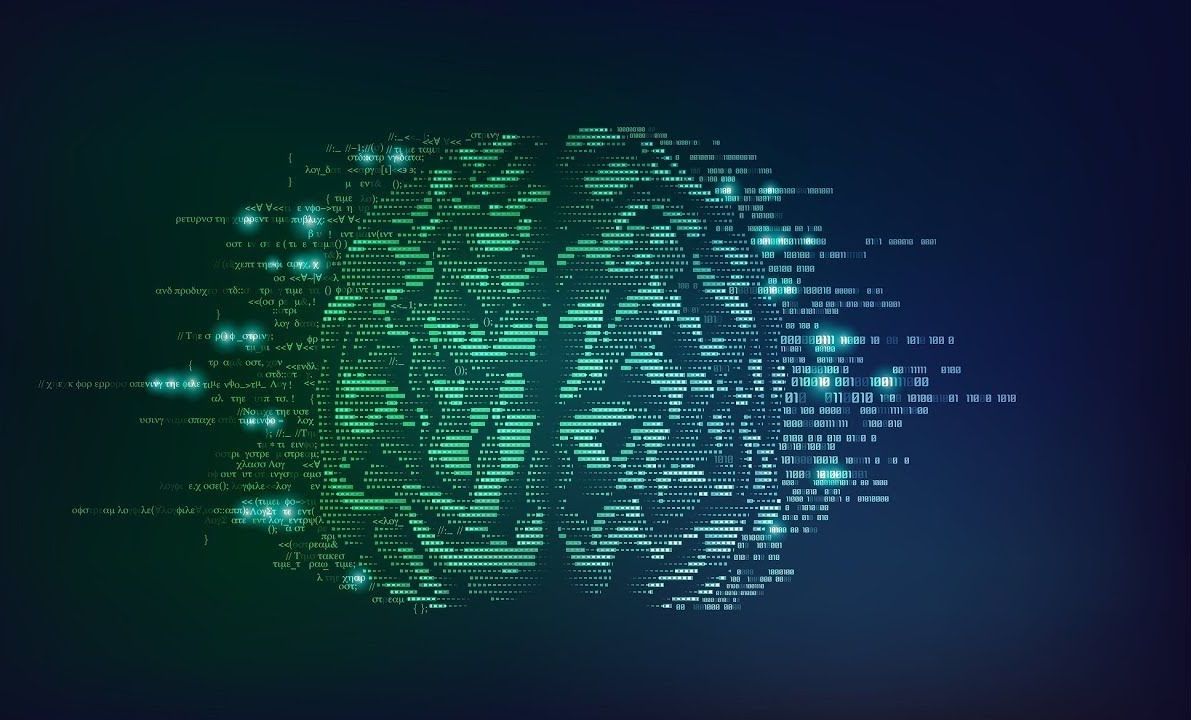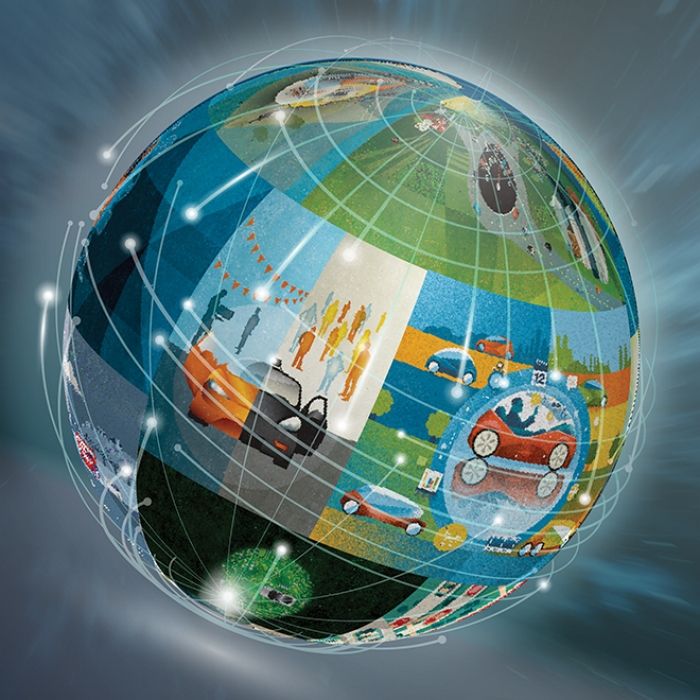Page 9654
Feb 28, 2018
4 Futuristic Auto Repair Technologies
Posted by Shane Hinshaw in categories: futurism, transportation
Feb 28, 2018
MIT Engineers Have Built a Device That Pulls Electricity Out of Thin Air
Posted by Shane Hinshaw in category: electronics
Temperature changes large and small are happening around us all the time, and scientists have come up with a machine that can convert those fluctuations into electricity, potentially powering sensors and communication devices almost out of thin air.
The energy harvesting is done through what’s called a thermal resonator: a device that captures heat on one side and radiates it over to the other. As both sides try and reach equilibrium, the energy can be caught using the process of thermoelectrics.
According to the team from the Massachusetts Institute of Technology, the new thermal resonator could keep remote sensors or any off-grid devices powered up for years, just by using temperature swings – like the natural ones between night and day, for instance.
Continue reading “MIT Engineers Have Built a Device That Pulls Electricity Out of Thin Air” »
Feb 28, 2018
Cracking the mysteries of the elusive, majestic whale shark
Posted by Dan Kummer in category: futurism

GALAPAGOS ISLANDS, Ecuador (AP) — It’s the biggest shark — and the biggest fish — in the sea, often found roaming in warm waters around the globe with its huge mouth agape in search of dinner.
Yet despite its hulking appearance, the whale shark has only tiny, almost useless teeth and is sometimes so docile that entire boatloads of people can swim alongside the enigmatic, spotted beast. It’s also one of the least understood animals in the oceans.

This orange goo may look squishy, but it’s the key ingredient in armor used to protect football players and soldiers.
Feb 28, 2018
A National Machine Intelligence Strategy for the United States
Posted by Dan Kummer in categories: business, economics, policy, robotics/AI, security, transportation

This event will be webcast live from this page.
The Technology Policy Program invites you to the launch of our upcoming report, A National Machine Intelligence Strategy for the United States.
Continue reading “A National Machine Intelligence Strategy for the United States” »
Feb 28, 2018
Scientists are breeding super-nutritious crops to help solve global hunger
Posted by Dan Kummer in category: food
Biofortification uses conventional plant breeding techniques to enhance the micro-nutrient concentration of staple crops.
Feb 28, 2018
Forces of change: The future of mobility
Posted by Genevieve Klien in categories: business, economics, robotics/AI, transportation
The transition toward a new mobility ecosystem could have wide-reaching impacts that span a host of industries and players, including—but not limited to:
Global automotive OEMs face momentous and difficult decisions. OEMs will need to determine if they should evolve from a (relatively) fixed capital production, first-transaction, product-sale business into one centered on being an end-to-end mobility services provider. This would represent a profound business model change and the development of entirely new capabilities to be competitively and sustainably viable.
The traditional capabilities of vehicle manufacturers and suppliers will likely need to expand, collaborating with autonomous vehicle technology suppliers, software developers, and others to provide a much broader range of product choices.12 There are complex economics in being able to manufacture vehicles similar to today’s mass-produced driver-owned cars, highly customized personally owned autonomous vehicles, and utilitarian pods for urban environments. Manufacturers will likely require not only today’s traditional supply chains but new manufacturing capabilities that allow advanced, low-cost, efficient customization. They will need to determine if they should redesign their business model to compete in all four future states or to focus on one segment.
Continue reading “Forces of change: The future of mobility” »
Feb 28, 2018
The culture of crypto mining is changing: here’s how
Posted by Genevieve Klien in categories: bitcoin, computing, cryptocurrencies
Cryptocurrencies have become a major topic of interest in the United States, in part due to the extreme volatility of the flagship cryptocurrency, Bitcoin. Bitcoin rose from a modest value (under $1,000) to more than $15,000 in the span of a year, and now hovers between $6,000 and $12,000, with wild fluctuations throughout the days and weeks. It’s a potentially lucrative investment, but also a risky one—especially considering how new the concept of cryptocurrencies really is.
In addition to buying and selling cryptocurrencies, consumers are more actively involving themselves in crypto mining, the process of creating new digital currency. But the culture surrounding crypto mining is changing, and it may never be the same again.
Before you can understand how crypto mining is changing, you have to understand how it started, and what it is today. To hold its value, cryptocurrency needs to exist in a finite amount, and just like printing money, it needs an initial distribution. The system also relies on a network of peers (i.e., hundreds to thousands of computers) to audit each transaction on the network; in other words, the community of computers has to agree that a transaction is legitimate before it’s finalized as a “block” and added to the blockchain.
Continue reading “The culture of crypto mining is changing: here’s how” »
Feb 28, 2018
The predictive powers of AI could make human forecasters obsolete
Posted by Genevieve Klien in categories: biotech/medical, health, robotics/AI
Thousands of years ago, oracles read the future through divine inspiration. Today, we’ve still got Oracle making predictions (along with many other forward-thinking tech firms), but it uses something a little more grounded. Artificial intelligence and its capacity to assess approaching events are pretty awe-inspiring even without the supernatural flair.
Many industries are looking to artificially intelligent software to help make predictions on everything from a customer’s buying decisions to which medical treatments will be most effective for a sick patient. Though we live in a world that still depends on the educated guesses of experts, it is becoming increasingly clear that next generation of prognosticators will be more silicon-based than carbon-based.
AI is a prediction technology at its very essence. With the ability to evaluate data exponentially faster than any person, machine learning programs can assess patterns, make connections, and test hypotheses in less time than it takes their human equivalent to pour a cup of coffee. Thanks to its advanced capabilities, AI’s predictions are already taking shape, with strong implications for retail, health care, and the way we understand the world around us.
Continue reading “The predictive powers of AI could make human forecasters obsolete” »















